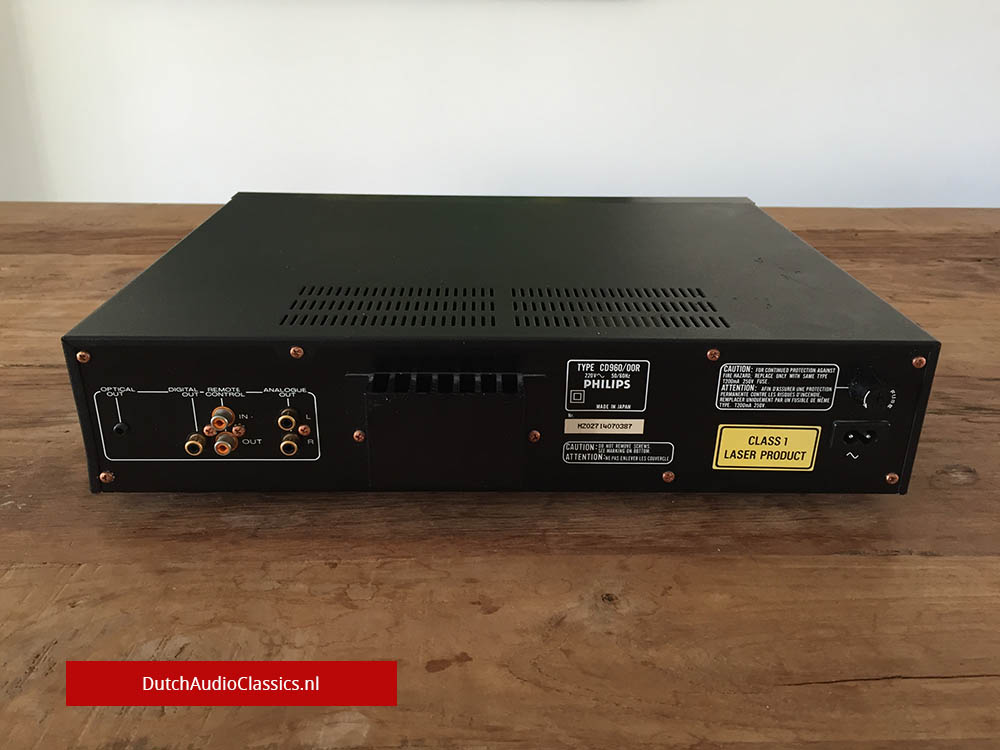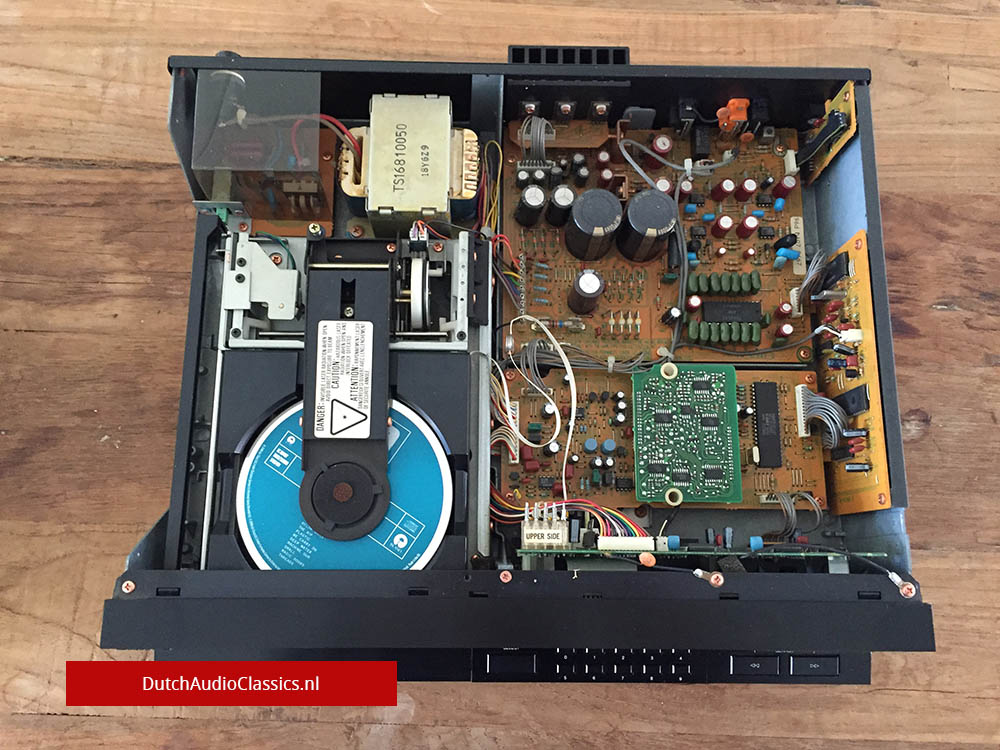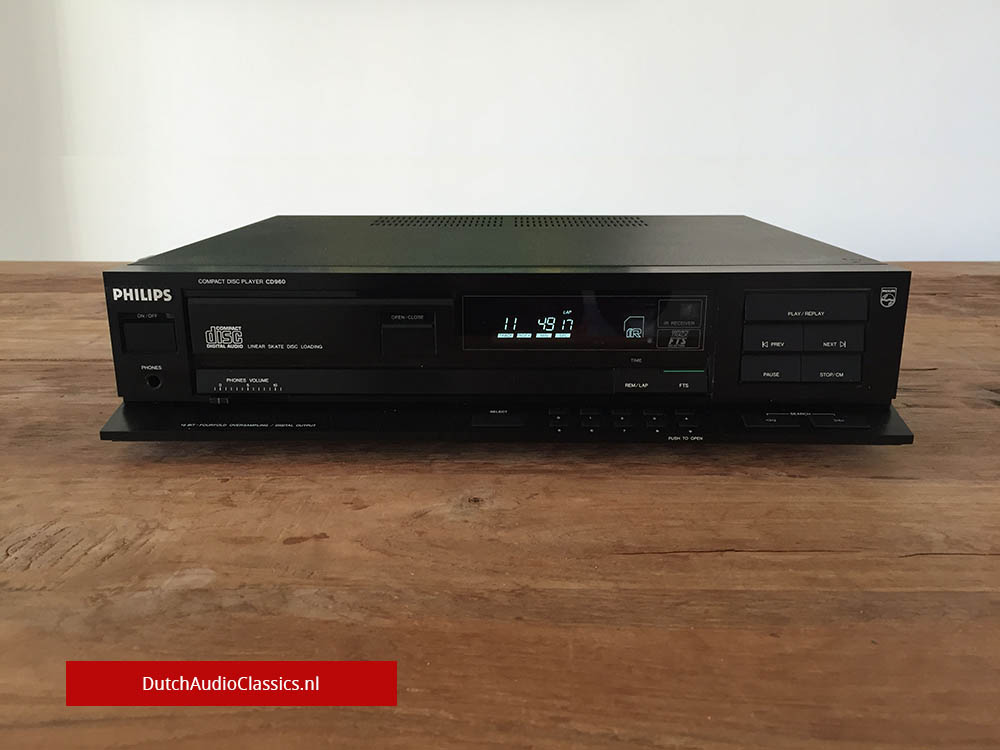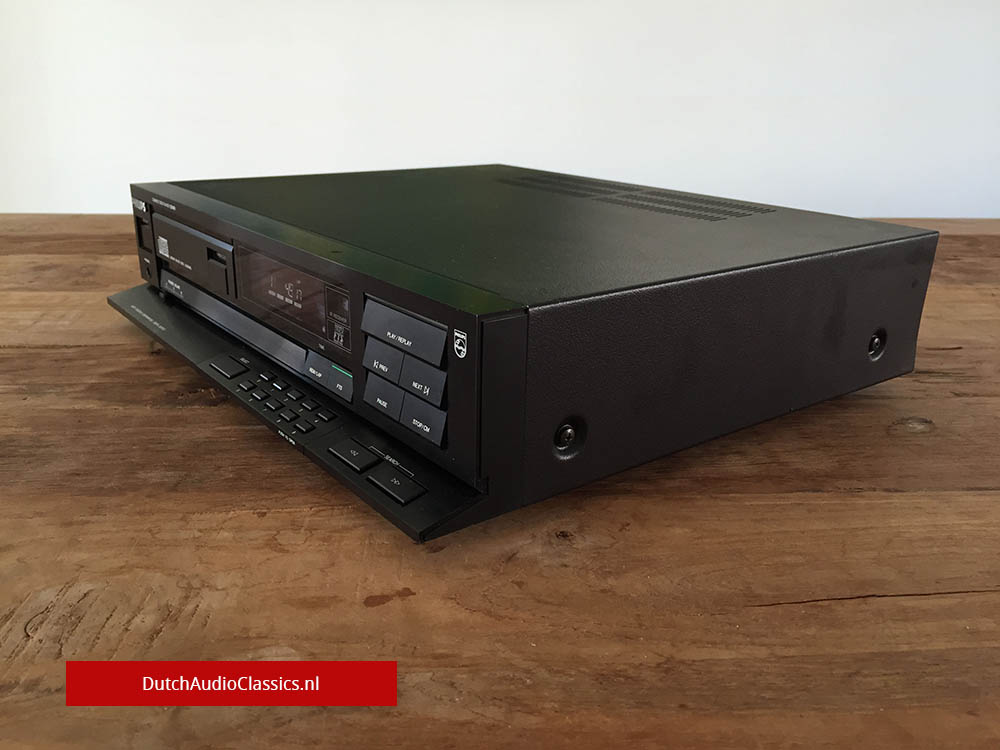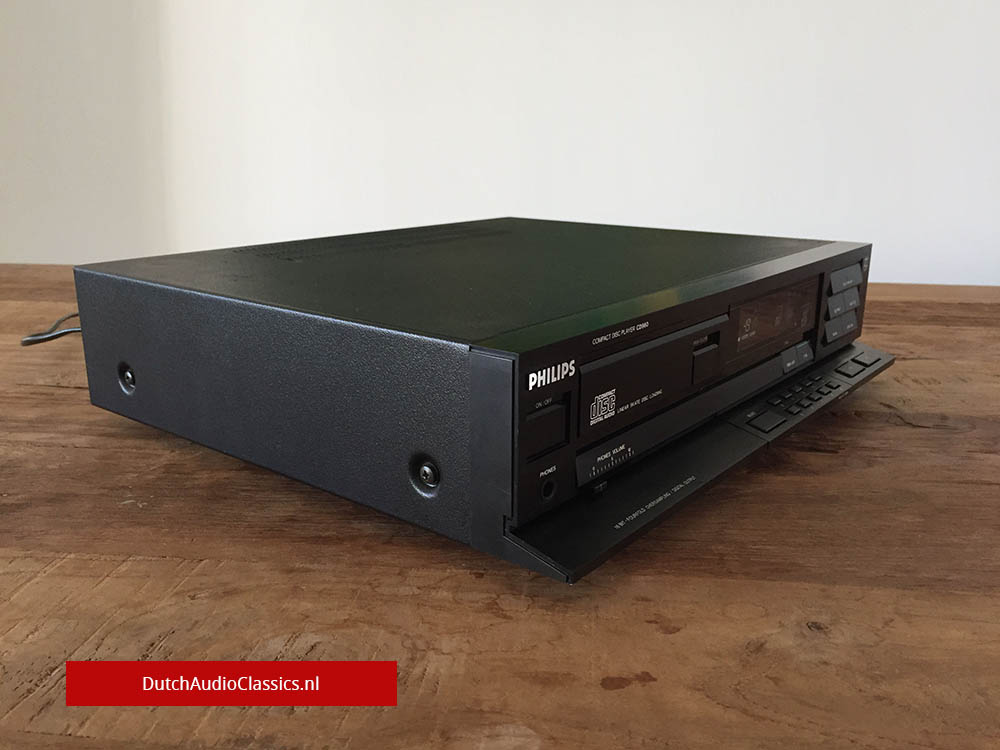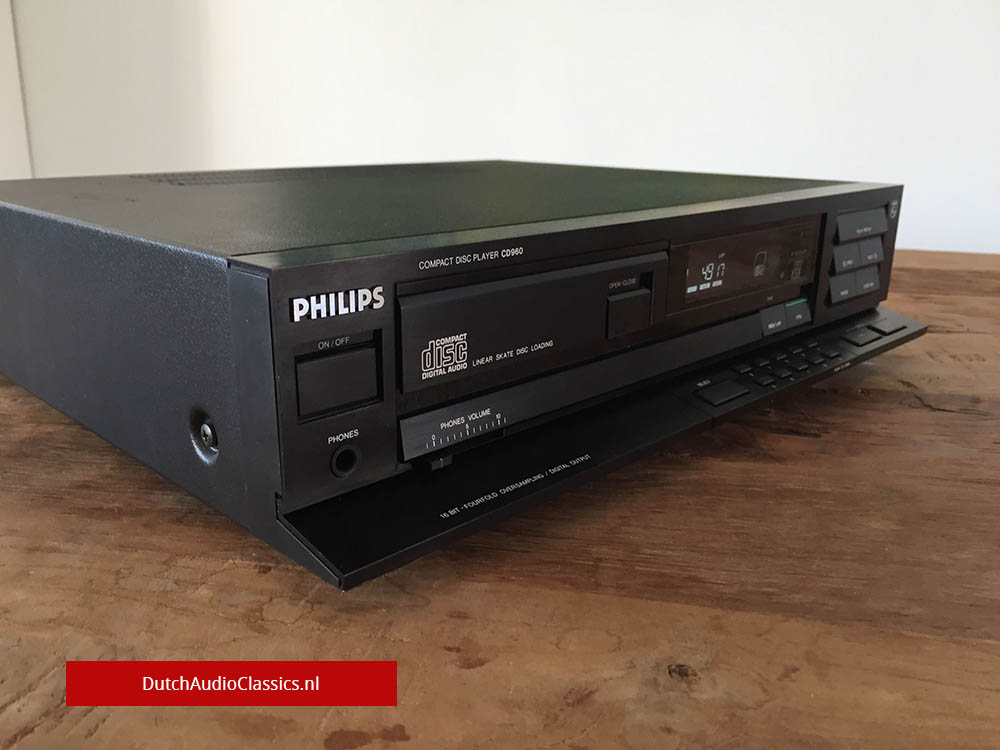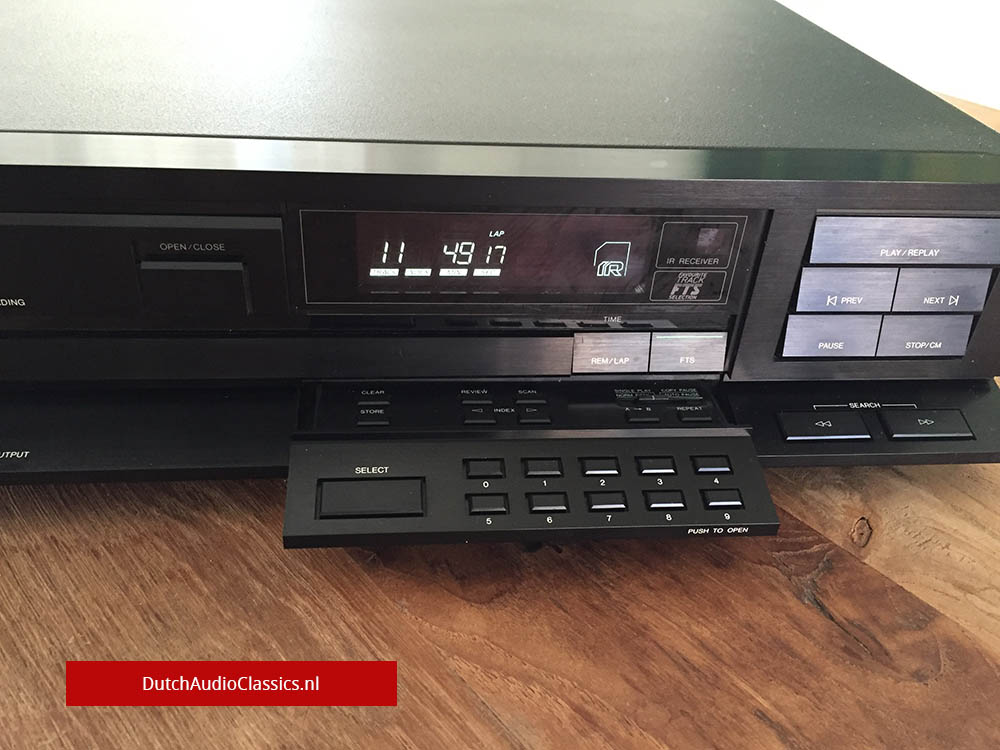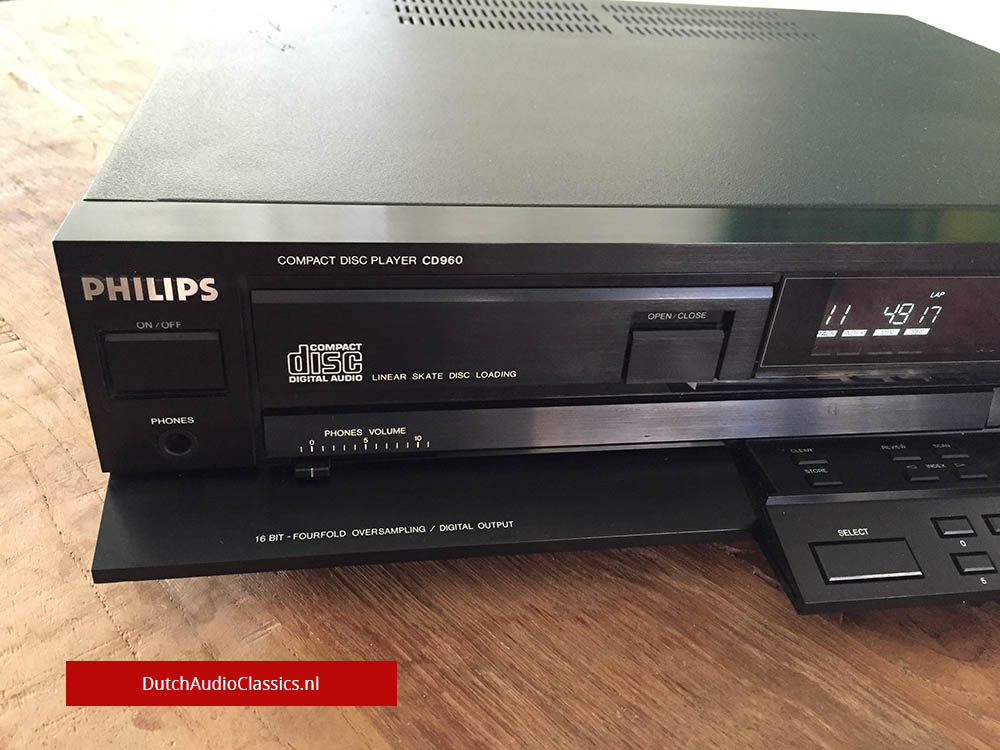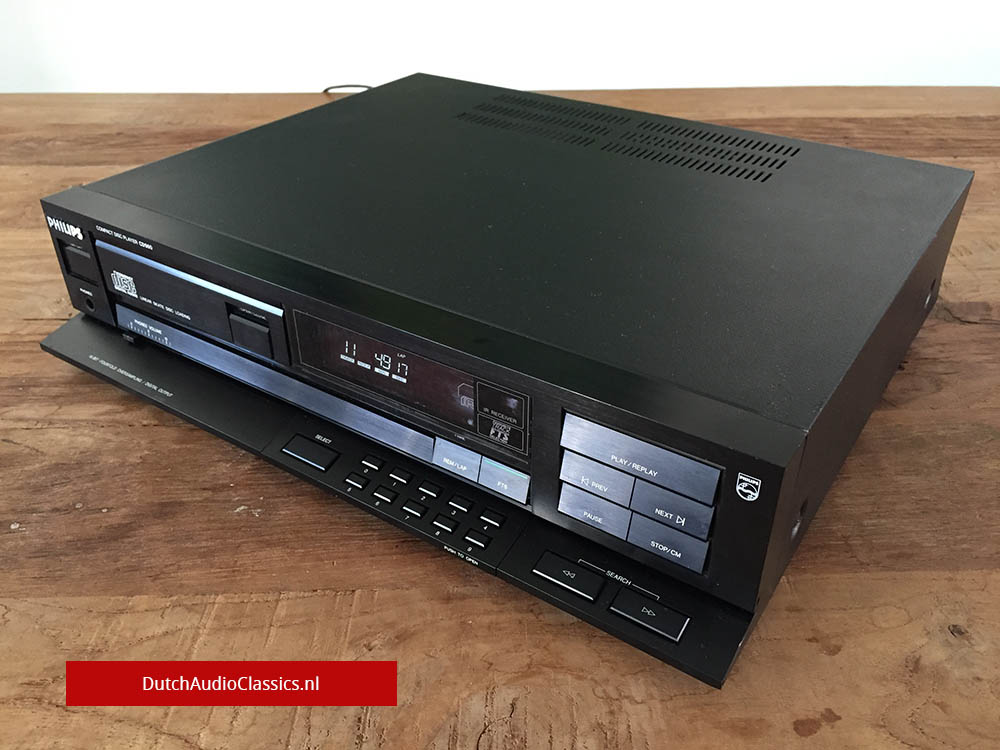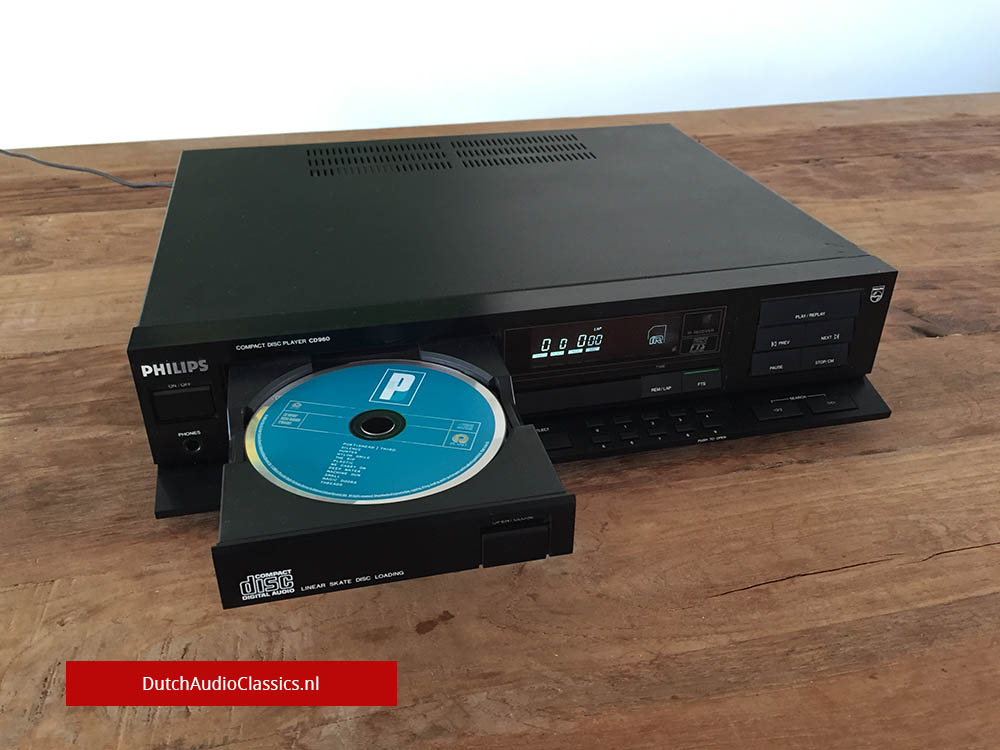This report marks the first time I have tested a Compact Disc player that bears the Philips name. Philips, as many readers know, is the giant electronics firm based in the Netherlands which was a co-developer of the Compact Disc. Though highly respected in just about every country in the world, the Philips brand name has had a mixed history in the United States. For whatever reasons, earlier attempts to sell products under the Philips brand name have had irregular success here. As a result, North American Philips (NAP), a subsidiary of the Dutch parent, marketed audio and video products under the familiar brand names of Magnavox, Sylvania, and Philco. A few months ago, this changed.
Philips has now introduced a high-quality line of audio components under its own name; the Model CD960 is an excellent Compact Disc player, one that should do the Philips parents proud.
![Philips CD960]()
Like a few of its Magnavox siblings, the Philips CD960 has Favorite Track Selection. This remarkably innovative feature allows you to store track numbers of many discs in a permanent memory. When you insert one of these discs and identify it by its FTS number, the CD960 will play only the tracks you previously selected for that particular disc. The player has enough memory for an absolute maximum of 226 discs, but the number of FTS programs that can be stored depends on the number of memory blocks being used. If you store five tracks per disc, for example, programs for 157 discs can be stored. The program for each disc--as well as any current, conventional programming for immediate play--may have a maximum of 20 memory blocks. Memorizing a track number uses one memory block, requesting an index point within a track uses two memory blocks, and requesting start of play at a given time (minutes and seconds into a track) uses five memory blocks. To simplify the task of cataloging discs that have been programmed using FTS, Philips provides a sheet of numbered labels which can be affixed to the label side of a disc or to its jewel-box case.
As is true of many top-quality CD players, you can advance to the beginning of any track, start play at any given particular index point, or start play at a specific time within a track. The unit allows repeat play of a disc or repeat of a continuous play loop (from one point on a disc to another). Forward or reverse searching is possible at three speeds, depending on how long the search buttons are pressed. Sound is audible during the two slower speeds. The scan feature allows listening to approximately the first 10 S of every track on a disc, in ascending order. During scan, you can also program tracks you like for later play, but only if you want to listen to these tracks in the same order in which they appear on the disc.
Control Layout
The "On/Off" switch and stereo phone jack are at the left end of the front panel, adjacent to the disc tray. A slider control below the tray adjusts headphone volume. Major operating pushbuttons, including the fast-search keys, are at the right end of the front panel. A display area is located directly to the right of the disc tray. A minutes and seconds readout shows total playing time of a disc, elapsed time for the track being played, remaining time of a disc or program, or a selected time position. Track numbers and index numbers are also displayed, as are a wide variety of word indications. The latter includes "Error" (if you have made a mistake during programming), "Disc" (after loading), "Program" (when a pro gram is stored in memory), "A-B" (when playing a continuously repeating loop), "FTS" (when an FTS program is in operation), "Scan" (when the scanning function is in use), "Review" (when visually reviewing a previously assigned program), "Repeat," and "Pause." Pushbuttons for programming or track and index selection are found on a lower section of the front panel. When this section is pressed, it moves forward, out of the front panel, disclosing additional buttons for "Clear," "Store," "Review," "Scan," "Index," "Repeat," and "A-B." A mode switch selects " Normal Play," "Single Play," "Copy Pause," and "Auto Pause." The latter two settings are useful when tape recording CDs. They add either predetermined or automatic pause periods between tracks so that, if your cassette deck has track-seeking facilities, it will be able to find selections by these periods of silence between tracks.
![Philips CD960]()
In addition to the usual analog stereo output jacks, the rear panel is equipped with an optical output jack (for processing of the digital signal via a fiber-optical interface to a preamplifier or amplifier) and a digital output jack (for direct connection to .a digital input on a preamplifier or separate D/A-converter unit). Remote-control jacks are for connection to either a remote-control sensor, which is avail able from Philips as the EM-2200, or to operate in a system configuration with other Philips components controlled by the RC-5 remote. A two-position switch selects between reception of signals from the remote-control transmitter or from an alternative remote receiver (used, for example, when the player is part of an audio system that has its own universal remote control).
Use and Listening Tests
Many of the earliest and best-sounding CD players were based on the early Magnavox (actually, Philips) players and mechanisms. There is a good reason for this: Philips technology is at the heart of all optically read media (such as CDs and videodiscs). Although these players did not em ploy true 16-bit D/A converters, they achieved the equivalent of 16-bit performance by using the innovative four-times oversampling technique, which has become almost standard in better units. Now that Philips has turned to true 16 bit D/A converters and maintained their four-times oversampling technique for reduced modulation noise beyond the audible spectrum, players such as the CD960 offer out standing sound quality.
![Philips CD960]()
I listened to a wide variety of discs on this top-of-the-line machine, experimenting along the way with its FTS and other programming features. If you want to hear what a properly recorded disc can sound like on a well-designed player, listen to the CD960 reproduce Telarc's new release, Hollywood's Greatest Hits, Volume I (CD-80168). Try track 10, in particular, to hear how a good recording of a piano should sound. Several of this disc's other tracks will not only show you the kind of solid bass that can be reproduced digitally, but should put the rest of your system through its paces as well. Despite the low-level nonlinearities present in my sample (I suspect that this may not be the case in all production units), the CDs that I used for my listening tests sounded great. I did not detect the sort of glitches (akin to "crossover" distortion) that these nonlinearities might have been expected to produce.
Unlike units from Philips that bore the Magnavox label, the CD960's chassis construction is extremely rugged. Both the chassis and the laser assembly are of die-cast components and provide high resistance to external vibration and internal resonances. I couldn't resist opening up the unit to compare construction with earlier Magnavox models. The CD960 features four separate power supplies-arranged on separate modular p.c. boards-to drive the digital, servo, display, and analog circuits. Needless to say, not one of the defects on my Philips defects test disc was able to cause mistracking of the laser assembly. Access time from track to rack was less than 1S, while access from an inner track to he outermost track took about 3.5 S.
![Philips CD960]()
There are still CD players around that sell for considerably more than the CD960, but I haven't found one that sounds substantially better--or any that offers more convenience features. With personal CD collections in most audio-oriented households growing by leaps and bounds, the FTS feature, too, could not have come at a better time.


